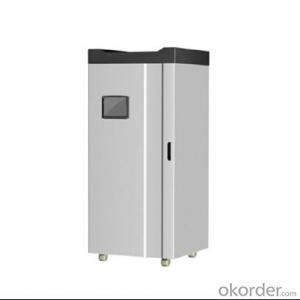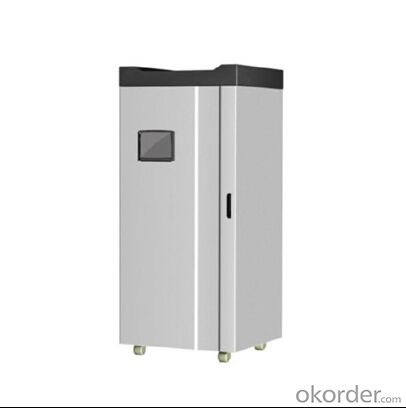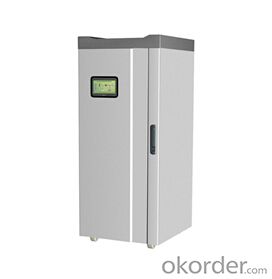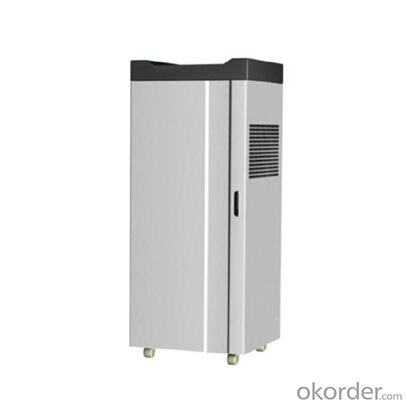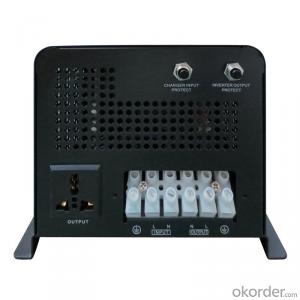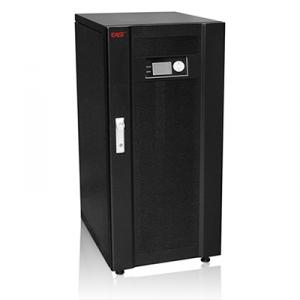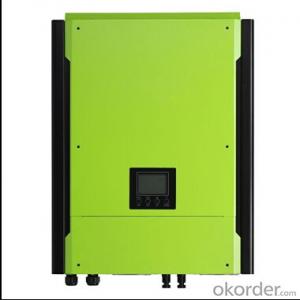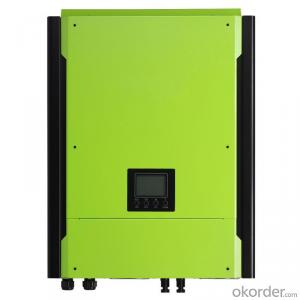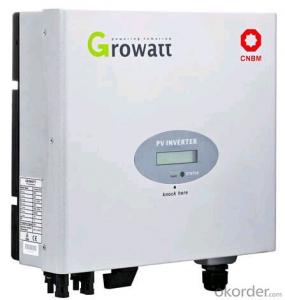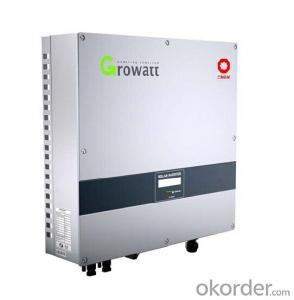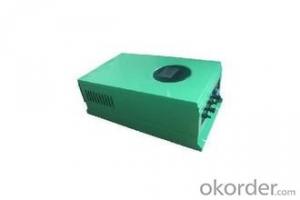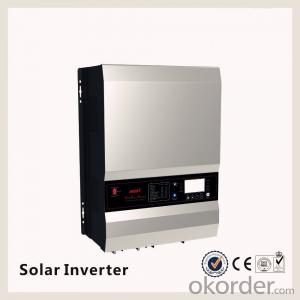Solar Inverter Japan - On-Grid Energy Storage PV Inverter PH500 Series 3-Phase 9kW
- Loading Port:
- China main port
- Payment Terms:
- TT or LC
- Min Order Qty:
- 90000 watt
- Supply Capability:
- 18000000 watt/month
OKorder Service Pledge
OKorder Financial Service
You Might Also Like
1. Structure of On-Grid Energy Storage PV Inverter Description
Three-phase AC-bus is a new energy power solution which can be used grid interactive and stand alone. An integrated ultra-fast AC transfer
switch guarantees that even sensitive back-up loads, like computers, never know when a utility outage occurs. The bi-directional inverter can
provide high quality true sine waveform power for the load. And the working mode of the Three-phase AC-bus can be selected and adjusted
to meet different requirements.
2. Main Features of the On-Grid Energy Storage PV Inverter
• Converters with Isolation design having safety and reliability;
• Protection functions of over-voltage, under-voltage, over-frequency, under-frequency, island effect protections, and pass the TUV;
• Fast off-on grid transition function to guarantee the stable operation of appliances;
• Multi-mode application of photovoltaic energy to bring out the intuitive economic benefits and long-time environmental effects;
• Fe-battery application with high capacity and high safety to provide longer time in cruising power
• Multiple working modes and working condition setups to meet individual demands of different customers
• On grid and off grid application available;
• Excellent power management function, providing unattended power supply solution;
• Easy installation and maintenance
• Functioning as UPS to guarantee uninterrupted power supply to the users;
• High security, stability and reliability
3. On-Grid Energy Storage PV Inverter Images
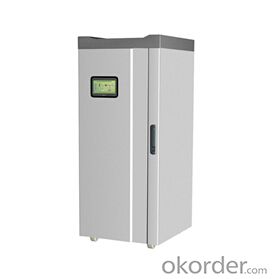
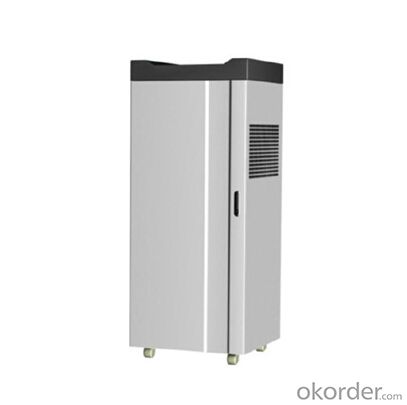
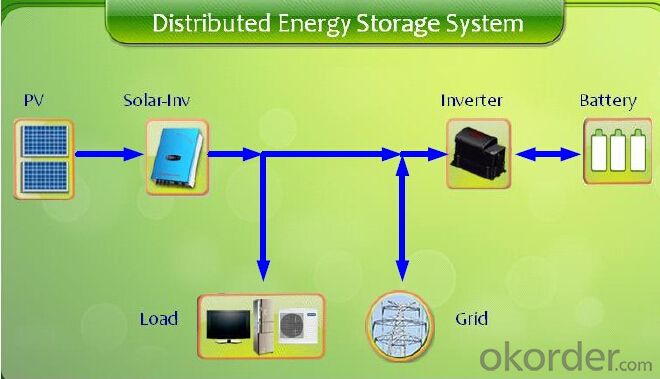
4. On-Grid Energy Storage PV Inverter Specification 窗体顶端 Product Name窗体底端 PH500 3-phase Continuous Power Rating 9KW AC SPECIFICATIONS Nominal AC Voltage 400Vac Nominal Frequency 50Hz Total Harmonic Distortion <4%< span=""> <2%< span=""> AC Transfer Switch Speed <20ms< span=""> Max• Inverter Efficiency 93% Reference Standards VDE-AR-4105 Output Waveform True Sine Wave DC SPECIFICATIONS Battery Voltage 52V 48~57VDC SYSTEM SPECIFICATIONS Usable Capacity ≥8KWh Exterior Communications Ethernet Operating Temperature 0oC~45oC Operating Humidity Range 10%~90% Altitude <2000m< span=""> Protection Grade IP20 Dimension (L x W x H) 750mm×609mm×1270mm Weight 305KG Enclosure Rating Indoor 窗体底端 5. FAQ of On-Grid Energy Storage PV Inverter Q1. What is the difference between inverter and On-Grid Energy Storage PV Inverter? Q2. What is the difference between MPPT&PWM? Q3. What is the waranty of product?
A1. Inverter only has AC inpput, but On-Grid Energy Storage PV Inverter both connect to AC input and solar panel, it saves more power.
A2. MPPT has higher efficiency, it can track the max power point and won't waste energy.
A3. 12 months.
- Q: Can a solar inverter be used with a solar-powered street lighting system?
- Yes, a solar inverter can be used with a solar-powered street lighting system. A solar inverter is responsible for converting the direct current (DC) produced by solar panels into alternating current (AC) that can be used to power electrical devices. In the case of a solar-powered street lighting system, the solar inverter can convert the DC power generated by the solar panels into AC power to operate the street lights. This allows the system to efficiently utilize the energy generated by the sun and provide reliable lighting for the streets.
- Q: Can a solar inverter be used in mobile or portable solar systems?
- Yes, a solar inverter can be used in mobile or portable solar systems. Portable solar systems often include a solar panel, battery, and inverter to convert the DC (direct current) power generated by the solar panel into AC (alternating current) power that can be used to power various devices and appliances. The inverter helps ensure compatibility and usability of the generated solar power in these mobile or portable setups.
- Q: How do you connect solar panels to a solar inverter?
- To connect solar panels to a solar inverter, you need to follow these steps: 1. Locate the positive (+) and negative (-) terminals on the solar panels. 2. Connect the positive terminal of the first solar panel to the positive terminal of the second panel using a solar PV cable or connector. Repeat this process for other panels if necessary. 3. Connect the negative terminal of the first panel to the negative terminal of the second panel using the same method as above. 4. Once all panels are connected in series or parallel, connect the positive terminal of the last panel to the positive terminal of the solar inverter. 5. Finally, connect the negative terminal of the last panel to the negative terminal of the solar inverter. It's important to ensure that the connections are secure and tightened properly to prevent any loose connections. Following the manufacturer's instructions and consulting a professional electrician or solar installer is recommended for a safe and efficient installation.
- Q: What are the safety considerations when installing a solar inverter?
- Safety considerations when installing a solar inverter include ensuring proper electrical grounding, following manufacturer's instructions and guidelines, using appropriate personal protective equipment, avoiding contact with live electrical components, testing the system for proper operation before energizing, and complying with local electrical codes and regulations.
- Q: What is the maximum efficiency at partial load for a solar inverter?
- The maximum efficiency at partial load for a solar inverter refers to the highest level of efficiency that can be achieved when the inverter is operating at less than its full capacity. This efficiency is typically lower than the maximum efficiency at full load, as the inverter may not be able to convert the same amount of energy with the same level of efficiency when it is not running at its maximum capacity.
- Q: What is the role of a solar inverter in a residential system?
- The role of a solar inverter in a residential system is to convert the direct current (DC) electricity produced by solar panels into alternating current (AC) electricity that can be used to power household appliances and be fed back into the grid if there is excess energy. Additionally, the inverter ensures the efficiency and safety of the system by monitoring and regulating the flow of electricity.
- Q: Does a solar inverter require a separate grounding system?
- Yes, a solar inverter typically requires a separate grounding system to ensure proper electrical safety and protection against potential faults or surges. Grounding helps to divert any excess electrical current away from the inverter and reduces the risk of electrical shocks, equipment damage, or fire hazards.
- Q: Can a solar inverter be used for three-phase power systems?
- Yes, a solar inverter can be used for three-phase power systems. There are specific three-phase solar inverters available in the market that are designed to convert DC power from solar panels into AC power for three-phase electrical grids. These inverters are capable of synchronizing with the grid and distributing power across all three phases efficiently.
- Q: Can a solar inverter be used in conjunction with a generator?
- Yes, a solar inverter can be used in conjunction with a generator. In fact, it is a common setup in off-grid or hybrid systems. The solar inverter can work alongside the generator to provide electricity when solar power is insufficient, ensuring a continuous and reliable power supply.
- Q: Can a solar inverter be used in systems with different module types?
- Yes, a solar inverter can be used in systems with different module types. Solar inverters are designed to convert the direct current (DC) generated by solar panels into alternating current (AC) that can be used to power electrical devices. They are compatible with various module types, such as monocrystalline, polycrystalline, and thin-film solar panels, allowing them to be used in diverse solar energy systems.
Send your message to us
Solar Inverter Japan - On-Grid Energy Storage PV Inverter PH500 Series 3-Phase 9kW
- Loading Port:
- China main port
- Payment Terms:
- TT or LC
- Min Order Qty:
- 90000 watt
- Supply Capability:
- 18000000 watt/month
OKorder Service Pledge
OKorder Financial Service
Similar products
Hot products
Hot Searches
Related keywords
